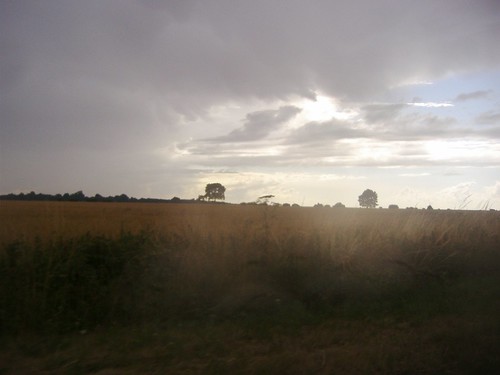London’s iconic underground map will be rebranded with 6 new names and colors
Windrush #Windrush

LONDON (AP) — For anyone with even a passing acquaintance with London, the city’s Tube map is as iconic as the red buses or the black cabs.
But for the past few years, there’s been something not quite right about the map originally designed by Harry Beck in 1933 — a collection of orange train lines, mostly orbiting the city, known as the London Overground.
They are like an interloper on the carefully crafted and easy-to-navigate map.
Yes, it’s been confusing for Londoners too.
Now, London Mayor Sadiq Khan hopes to bring some clarity to the suburban rail network that was established in 2007 through the effective merger of previous routes, and has grown to carry more than 3 million customers a week across more than 100 miles (160 kilometers) of railway and 113 stations.
His solution, following widespread consultation, is simple — giving them names and new colors!
“Giving each of the Overground lines distinct colours and identities will make it simpler and easier for passengers to get around,” Khan said Thursday. “In re-imagining London’s tube map, we are also honoring and celebrating different parts of London’s unique local history and culture.”
The six names and colors will be:
— Lioness, which runs through Wembley Stadium in north London and honors the recent achievements of the England women’s soccer team. It will be shown as double yellow lines on the map.
— Mildmay, which honors the small charitable hospital in east London that has cared for Londoners, particularly those suffering with HIV/Aids in the early days of the illness in the 1980s. It will be shown as double blue lines on the map.
— Windrush, which commemorates the ship that landed near London in 1948, carrying more than 800 passengers from the Caribbean to new lives in Britain. A number of the stations on the line have historic Black communities, such as Peckham Rye and West Croydon. It will be shown as double red lines on the map.
— Weaver, which runs from the heart of the financial district in Liverpool Street to places such as Spitalfields, Bethnal Green and Hackney, where the textile trade blossomed. It will be shown with double maroon lines on the map.
— Suffragette, which celebrates the role of the working-class movement in the east of the city in the fight for women’s rights. The line runs to Barking, home of the longest surviving suffragette Annie Huggett, who died at the age of 103 in 1996. It will be shown with double green lines on the map.
— Liberty, which celebrates the eternal freedoms of the city and goes through Havering, which has historically had more self-governance than other places in the city. It will be shown with double grey lines on the map.
Transport for London expects the full rebranding to be completed by the end of the year. It will include an updated Tube map and station signs as well as the rerecording of public address announcements.
The cost of the rebrand has not been revealed, nor how it will be paid for.